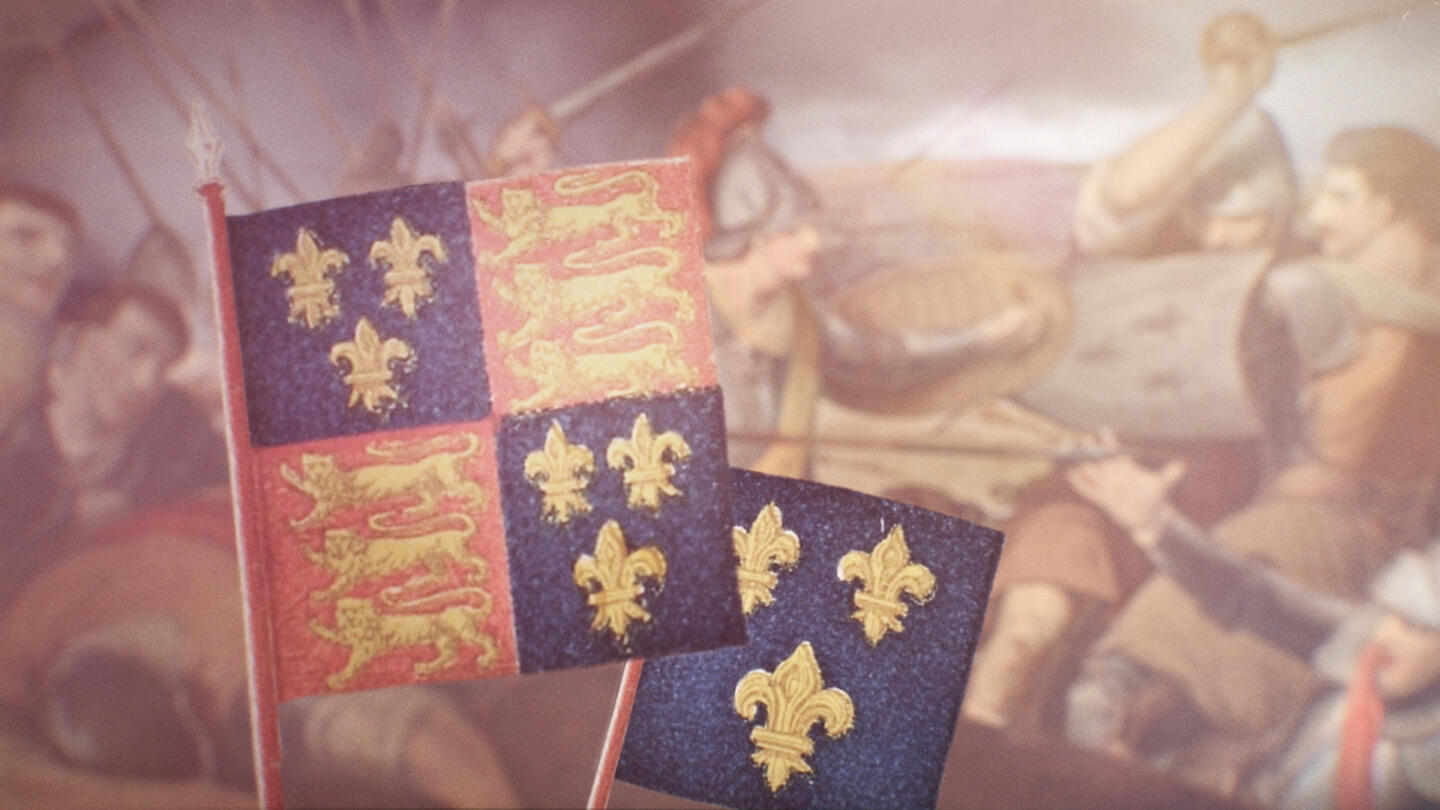Chocolates and roses are common ways to mark Valentine’s Day, but there are other, lesser-known traditions to commemorate the holiday.
Celebrating Valentine’s Day in the United States comes with multiple go-to practices. Offering a bouquet of red roses to your beloved. Purchasing a card with a heartfelt message. Sharing a candlelit meal with your partner. Giving a heart-shaped box of delicious chocolates.
However, different times, places and cultures have commemorated February 14 and the days surrounding it in other ways. Here are seven of these lesser-known traditions.

Packing Meaning Into Different Flowers
Roses weren’t always the go-to Valentine’s flower. In the 19th century, bouquets could contain a variety of flowers, each chosen to convey a specific meaning.
Elizabeth White Nelson, an associate professor of history at the University of Nevada, Las Vegas, and author of Market Sentiments: Middle-Class Market Culture in 19th-Century America, says 19th century flower dictionaries categorized and gave meanings to every flower. She explains that for Valentine’s Day, “The idea was that you could give a bouquet that was not just a bouquet of flowers. It had a whole message encoded into the flowers.”
A bouquet with yellow acacia (which means “concealed love”), jonquils (“I desire a return of affection”) and snowdrops (“hope”) sends the message that you secretly adore the recipient and hope those feelings might be reciprocated.
Nelson notes that sending these bouquets in the 19th century “depends on who you are and what kind of flowers you have access to, which I would say is a very small group of people in the middle of the winter in the United States.” She adds, “At the end of the [19th] century, you get more commercial florists and therefore more availability of flowers at more affordable price points. Then I think you see the shift toward roses.”
Gifting a Puzzle Purse

In the 18th and 19th centuries, puzzle purses were popular Valentine’s gifts in England and the United States. A puzzle purse consists of an intricately folded sheet of paper with parts of a message or verses written on different corners.
As a puzzle purse is intended to be read in a specific order, folds were usually numbered so the recipient knew how to proceed. Unfolding one part—undoing the puzzle—revealed a section of writing. Sometimes there was also a small gift waiting in the center.
Celebrating Black Love Day on February 13
Ayo Handy-Kendi, founder of the African American Holiday Association, was inspired to start Black Love Day in 1993 after seeing Malcolm X’s assassination depicted in the biopic Malcolm X. She says she wanted a holiday to focus on “increasing peace and stopping violence.” For Black Love Day, Handy-Kendi instituted “a value system based on principles, like Kwanzaa.” She says, “The five tenets were showing love for the creator, showing love for ourself, showing love for the Black family, the Black community and the race.”
Black Love Day is celebrated on February 13, not the 14th. “Most of the holidays [in the United States] evolved from European culture,” Handy-Kendi explains. “You’re celebrating someone else’s culture on a regular basis.”
Traci Parker, an associate professor of Afro-American studies at the University of Massachusetts, Amherst, says of Black Love Day, “To have a place where love can be celebrated, especially in a community where it has been historically attacked, is really important.” She adds, “Looking at the history of Black love in this country, if we go back to slavery, it’s something that has been weaponized against African Americans. It’s something that wasn’t seen to be something that African Americans should hold because African Americans weren’t even deemed human.”
“Young folks by the 1950s and ‘60s have understood how to politicize their love and use it in the revolution to end white supremacy, to end Jim Crow,” Parker adds. “So I think that the holiday allows us to take a moment and remember that history. And do the work of reminding us of how central and integral love has been, romantic love has even been, in the Black community.”
Source : History



